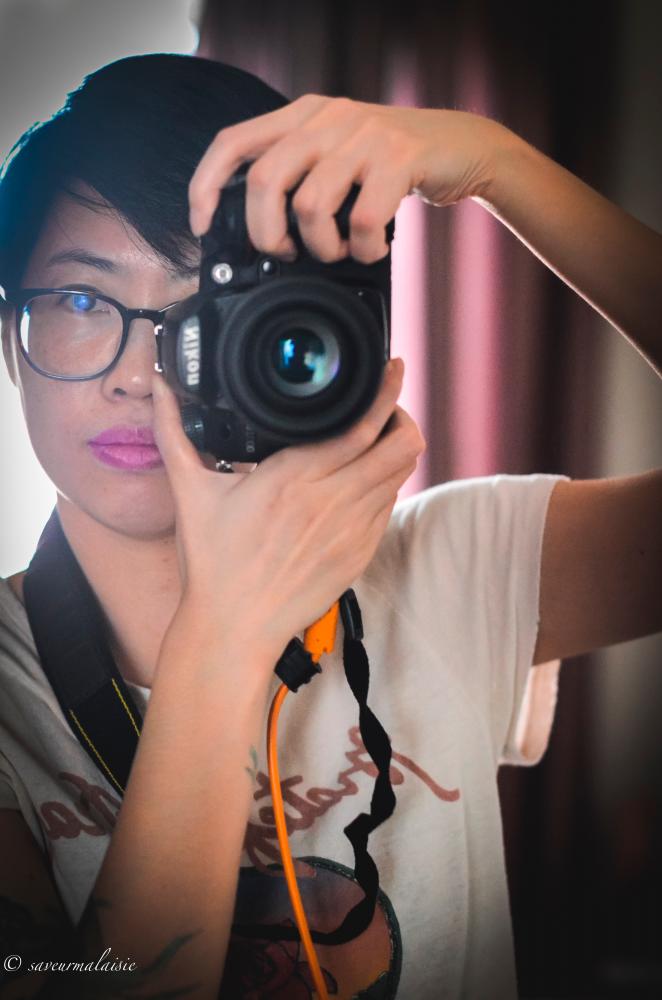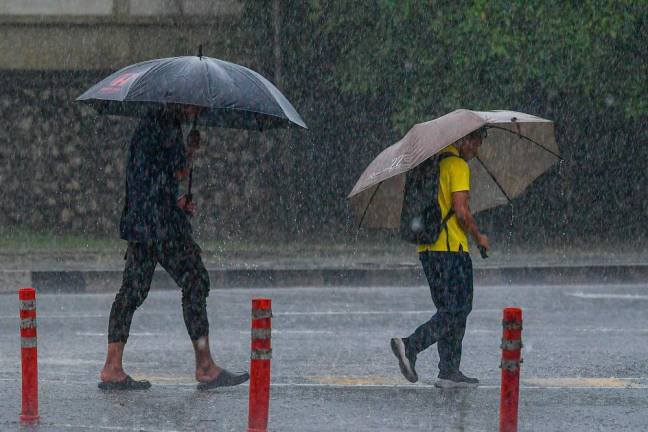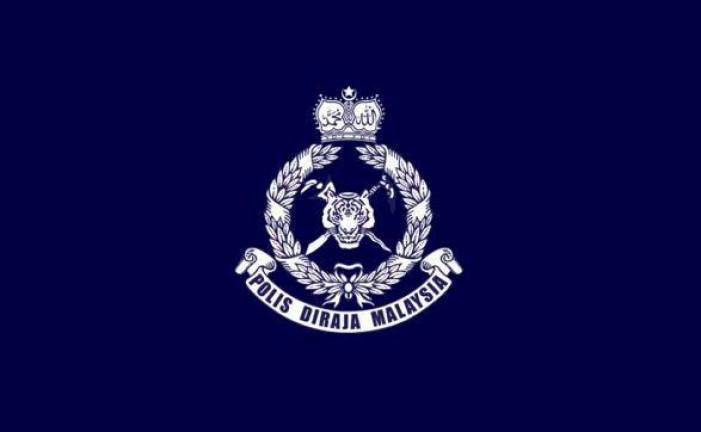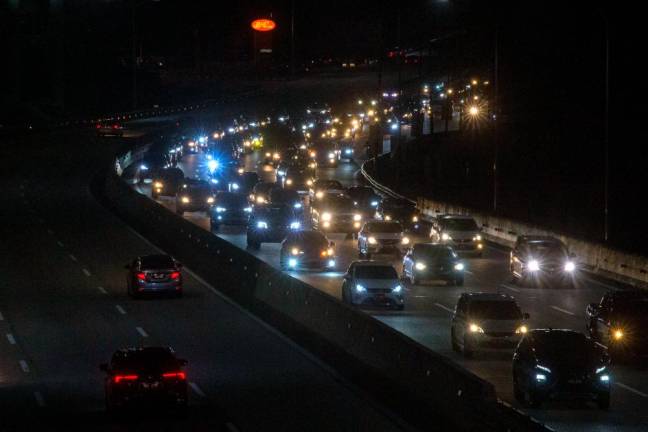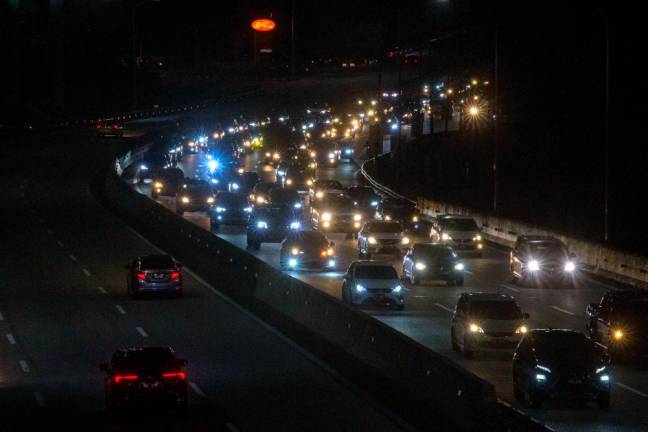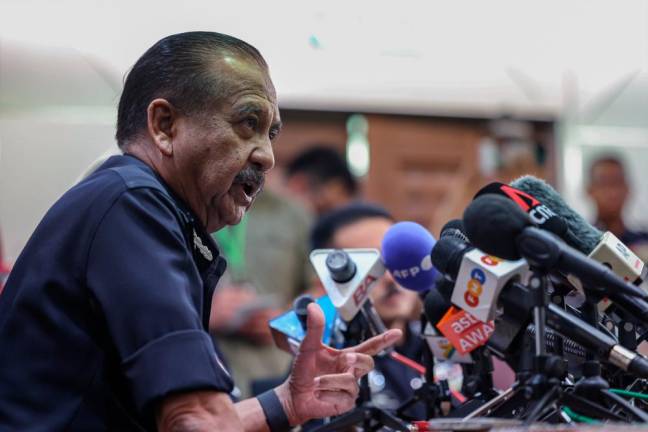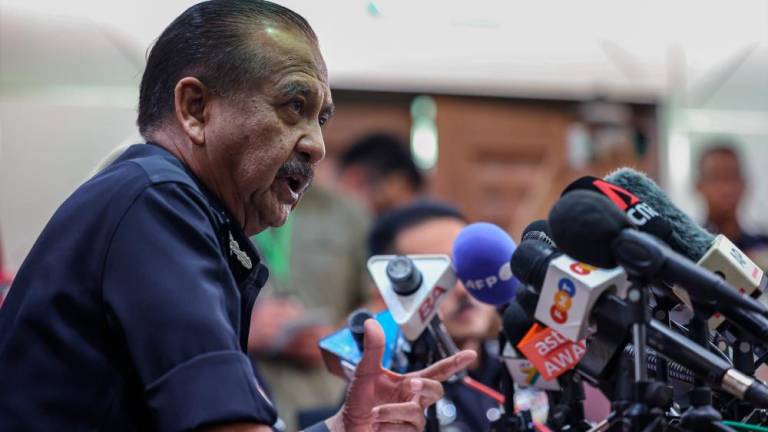PHOTOGRAPHER Deborah Lee captures fascinating visuals of food which she shares on her Instagram account (@saveurmalaisie).
However Lee is not just another food blogger who loves to take photos of fancy food. What makes her images stand out is her focus on capturing a moment in the narrative. She focuses on the ambiance, ingredients, the preparation process and all those behind the scenes moments that add depth to her images.
For instance in a recent photograph of Roti Jala, a popular Malaysian dish, Lee played with the idea of Colour Theory, highlighting the contrast of the green banana leaf with the blue tableware and yellow-coloured Roti Jala, giving the image depth and texture.
In most of her photographs Lee, a former fashion writer and deputy editor of a magazine, focuses on Colour Theory, using complementary and monochromatic colour combinations.
A story to share
“My objective is to showcase the beauty of Malaysian food,” said Lee, who is currently a full-time commercial food photographer.
“I believe in story-telling. I want to tell a story with a human touch (element). To present an honest photograph, rather than a studio-made or product photography with no human involvement or no emotions.
“I always add human elements. A pair of hands holding a plate or chopsticks or [taking] a peek while someone is cooking,” said Lee, who focuses on Southeast Asian and East Asian cuisines and beverages, including cocktails.
She has also taken photographs of herself preparing food, including a recent shot of herself preparing a traditional Chinese dish
“I was preparing Cantonese steamed chicken and I decided to take a photo of myself. The picture is special because I used mirror-reflection. It’s like a peek into a private moment in someone’s life while they are preparing lunch or dinner.”
In each photograph, she hopes to convey the emotions behind the food which has a special meaning to her culture and heritage.
Beauty in the raw
Recently, Lee picked up a fresh octopus and took a very dark but intriguing photograph. She styled the octopus by presenting it raw, alongside fish, prawns and green vegetables. She propped the octopus on top of a chair and attached the tentacles to fishing lines.
“It’s a dark and moody photograph, but I played with natural light,” Lee said. “I manipulated the light to create the shadows and contrast. I controlled the light by using a light reflector and black foam boards and allowed a tiny shaft of light through the window, with the dark back-drop.
“Then, I edited the light and colours with computer software.
“It’s my tribute to the beauty of that which is raw, and the nature of life as nature inspires me.”
Passion and props
Aside from nature, Lee, who began doing food photography during the first movement control order (MCO) in March last year, was inspired by 16th and 17th-century paintings by artists such as Johannes Vermeer, who played with colour contrasts to present raw food.
“I love to see how light falls on a pineapple, the texture on the different fruits. Nature is an art and nature gives us a lot to draw inspiration from,” said Lee.
She has even tried to capture food on fire, but failed. However, she is determined to succeed one day.
Lee believes a food photographer must have knowledge about the different types of lenses, how the DLSR camera works, techniques of composition, Colour Theory, natural and artificial light, food styling and post-production skills with computer software to edit photographs.
“For instance, if you want to style a bowl of curry, then it is important to know how to highlight the main ingredients, colours and textures. Curry and soups are very tricky to style, compared to other food like baked goods.
“Have you ever tried to make bean sprouts, fresh herbs and garnishes stay fresh and ‘afloat’ on the top of the curry, without sinking to the bottom of the bowl? Or tried to make ice-cream stay frozen throughout a photoshoot without melting? While trying to shoot it 50 times?” she asked.
Lee said a photographer needs to plan a shoot carefully, while food stylists will make it work by using secret tips and tricks.
According to her, a photographer needs to know which props work. A variety of props such as plates, bowls, utensils, napkins, and linens are needed to complement the ‘hero’, which is the main dish, without drawing too much attention away from the main subject in the photograph.
A good backdrop and the surface is also important.
In the future, Lee plans to start a website, film cooking videos and blog about recipes, with her own twist on popular dishes around the world.



